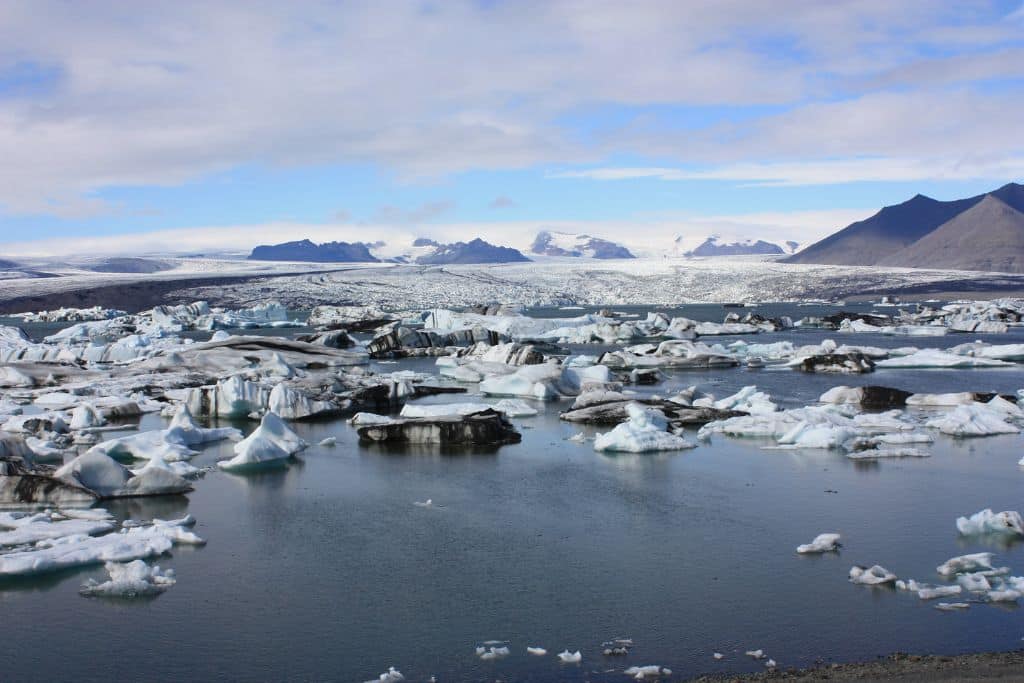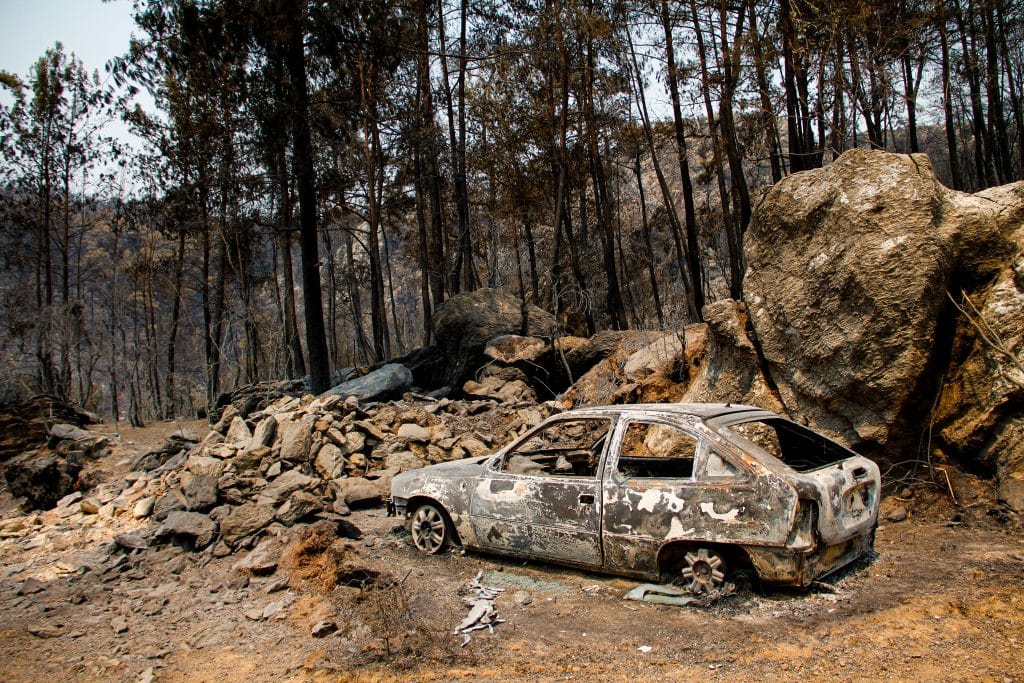Melting glaciers, rising seas, raging wildfires, displaced communities – the impacts of climate change are overwhelming. Thankfully, powerful images have the potential to spur action and incite positive change. With Earth Hour 2024 approaching, now is a great time to tackle the pressing challenges of climate change with some evocative imagery.
—
How can we truly grasp the magnitude of the world struggling against climate change? While information abounds in newspapers, magazines, scientific journals and social media, it is often the images captured by individuals facing the realities of the climate crisis that best depict the extent of devastation endured by communities, wildlife, and the environment.
Images offer compelling proof that climate change is a tangible reality unfolding before us. By visually portraying the challenges through storytelling, photography emerges as a vital instrument in combating the perilous effects of global warming. But it also has the power to shine a light on solutions, whether it is by capturing energy conservation efforts for Earth Hour or by highlighting collective movements that inspire activism.
The Value of Climate Change Photography
Photography plays a vital role in representing the complex realities of climate change. Visuals have the unique power to engage viewers on an emotional level, something that abstract data and figures often cannot do. Visuals make climate change visible in more compelling and accessible ways and serve as an important form of truth-telling and documentation of shifting landscapes, displaced communities, and disappearing wildlife across the globe.
Photography provides historical documentation of how places are transforming under climate change and creates a visual record for posterity. For instance, photos are a great way to showcase the year-by-year retreat of a glacier or the slow encroachment of rising seas on a low-lying village. Professional wildlife images of endangered animals deliver a powerful message on the damage that changing landscapes can have on rare species in remote settings. Most importantly, this visual documentation also helps counter claims by climate change deniers by providing indisputable visual evidence of change occurring in real locations.
Climate change photography plays a key role in storytelling, too. Photographs put human narratives at the centre, capturing emotional moments of loss, fear, hope, and resistance. Storytelling through images builds public engagement, compassion, and concern for people and animals at the frontlines of climate disruption. Images that reveal the costs of climate change can motivate audiences to take action. For example, who can forget the stark reality of starving polar bears struggling to survive as a result of warming ice caps or not be moved by images of destruction brought about by extreme weather events?
Capturing Shifting Landscapes
Climate change is rapidly transforming ecosystems and geographies around the world, from mountain glaciers to arctic ice sheets to tropical rainforests.
In Iceland, photos of the receding Breiðamerkurjökull glacier starkly illustrate how much ice has been lost over the past decade. Where mighty blue ice walls once stood tall, now only the glacial lagoon remains, filled with broken icebergs. Similarly, in Antarctica, sweeping drone photography shows the edges of massive ice shelves splintering and shearing off as warming ocean waters erode them from below.

NASA satellite images reveal how Africa’s Lake Chad, once a mighty expanse, has dried to a sliver, shrinking by about 90% in only 50 years. Before-and-after photos of Lake Mead in the United States document so-called “bathtub rings” on canyon walls, showing decreased water levels. Other images of Lake Mead capture hordes of wildlife desperate for water as their habitats dry up.

From parched riverbeds to starved animals, these photos bring forth evidence of disrupted ecosystems that might otherwise go unnoticed by the general public, providing visual proof that a warming climate is transforming the face of the planet.
More on the topic: The Causes And Effects of Lake Mead and Colorado River Basin Water Shortage, Explained
Devastation Across Vulnerable Communities
The effects of a changing climate are not just reshaping natural landscapes but also shattering vulnerable communities. Photography bears witness to climate change displacing people, flooding homes, and upending livelihoods. Images of cities inundated after hurricanes and cyclones, from Houston to Mozambique, are a testament to the gravity of the crisis that is unfolding right before our eyes.
Some photos document people’s desperate attempts to rebuild a life after floods washed away all they had, while others capture families inspecting their fire-ravaged homes in the aftermath of mega-fires, with wide shots revealing block after block of burned-out neighbourhoods. Climate impacts are also slowly displacing populations, but photography chronicles the migration both within and across national borders, as millions are estimated to be fleeing drought, desertification, and shoreline loss.

You might also like: In Pictures: The Devastating Impacts of Wildfires in Turkey
These images connect us to the human story, the cultural loss, and the economic hardship inflicted by a rapidly changing climate. Shots of these communities alter the narrative of climate change from a distant, future problem to one we must address now.
Inspiring Activism
While photographing the impacts of climate change is crucial, it can also help highlight the solutions underway and inspire broader activism, from renewable energy development to regenerative agriculture practices that help sequester carbon in the soil through cover cropping, composting, and reduced tilling.
Likewise, photography can be a powerful tool to document protests demanding action from governments and corporations to address the climate crisis. Images of massive crowds marching on the streets convey the rising public pressure and document creative activist tactics, from rallies to artwork and installation protests. On an individual level, photography can inspire sustainable consumer choices by depicting the beauty of walking and cycling or growing produce in your garden.
While showcasing the devastating impact of climate change is important, it is equally crucial to give space to the innovative efforts, ways, and technologies societies around the world are developing to counteract the crisis.
In the same way that vivid filmmaking and social media are powerful tools for portraying the impact of climate change to a mass audience, photography has a massive part to play, too. Inspiring images make it clear that we can and must address the climate crisis together, however small an action may be.
You might also like: How Youth Climate Action Is Shaping a More Sustainable Future




















